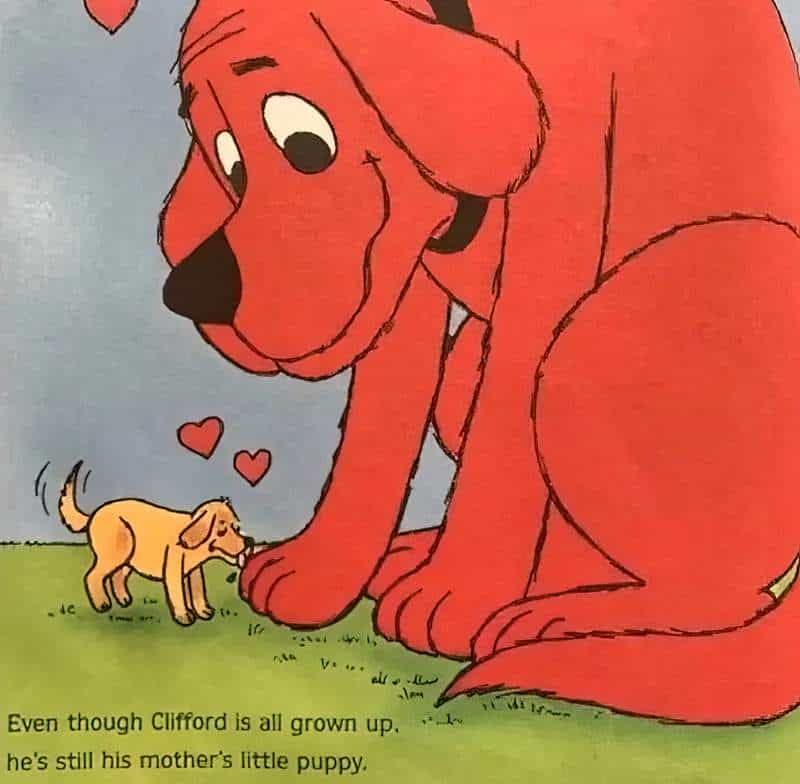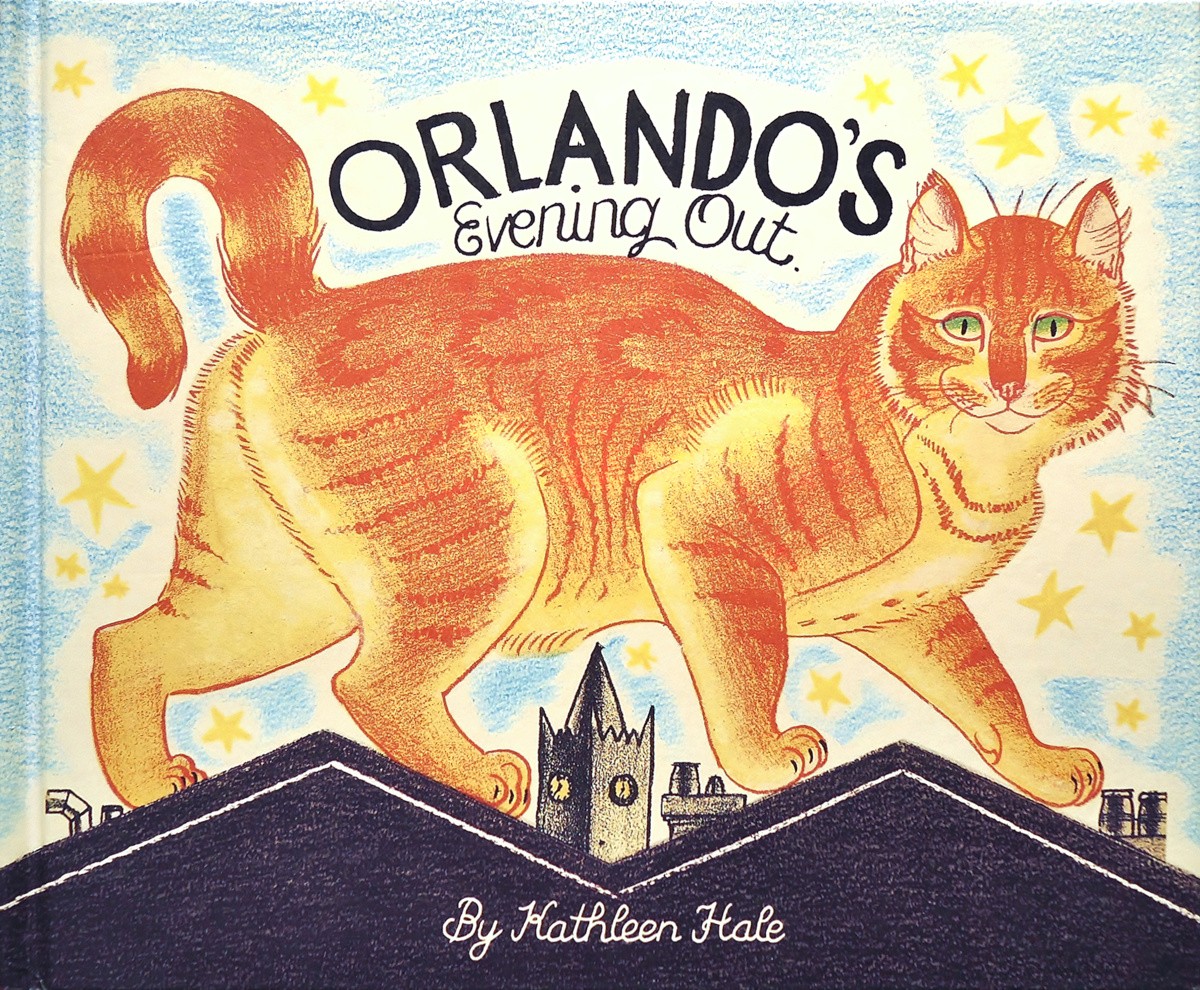Clifford The Big Red Dog is a picture book series by Norman Bridwell. This is an enormous franchise of children’s books which covers every generic, American childhood event you could imagine: Clifford’s First Christmas, The Big Sleepover, Clifford’s First School Day and so on. Bridwell died fairly recently, in 2014 at the age of 86.
There was once a well-known book called “Giant Otto” written and illustrated by William Pène du Bois starring a big yellow floppy dog.
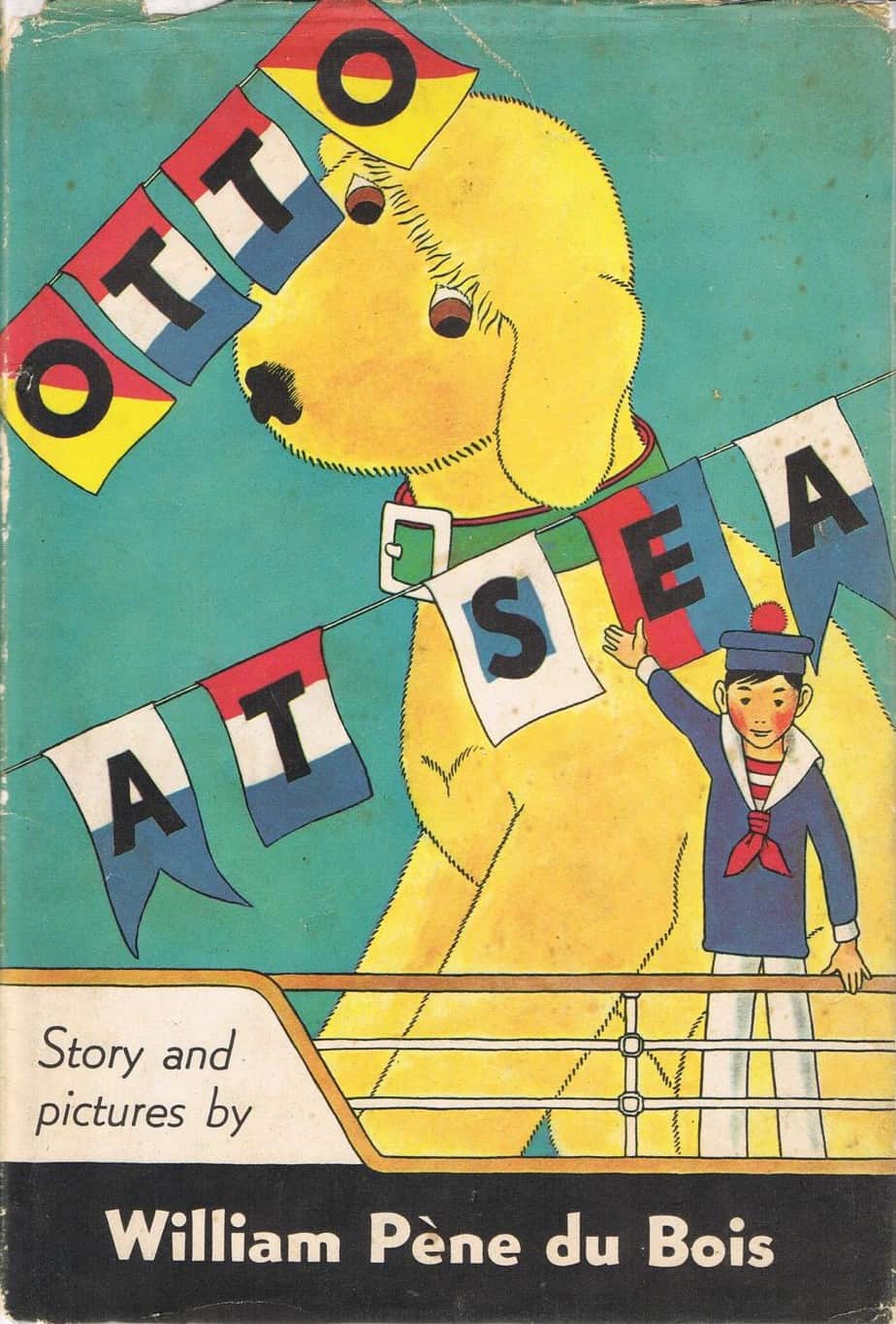
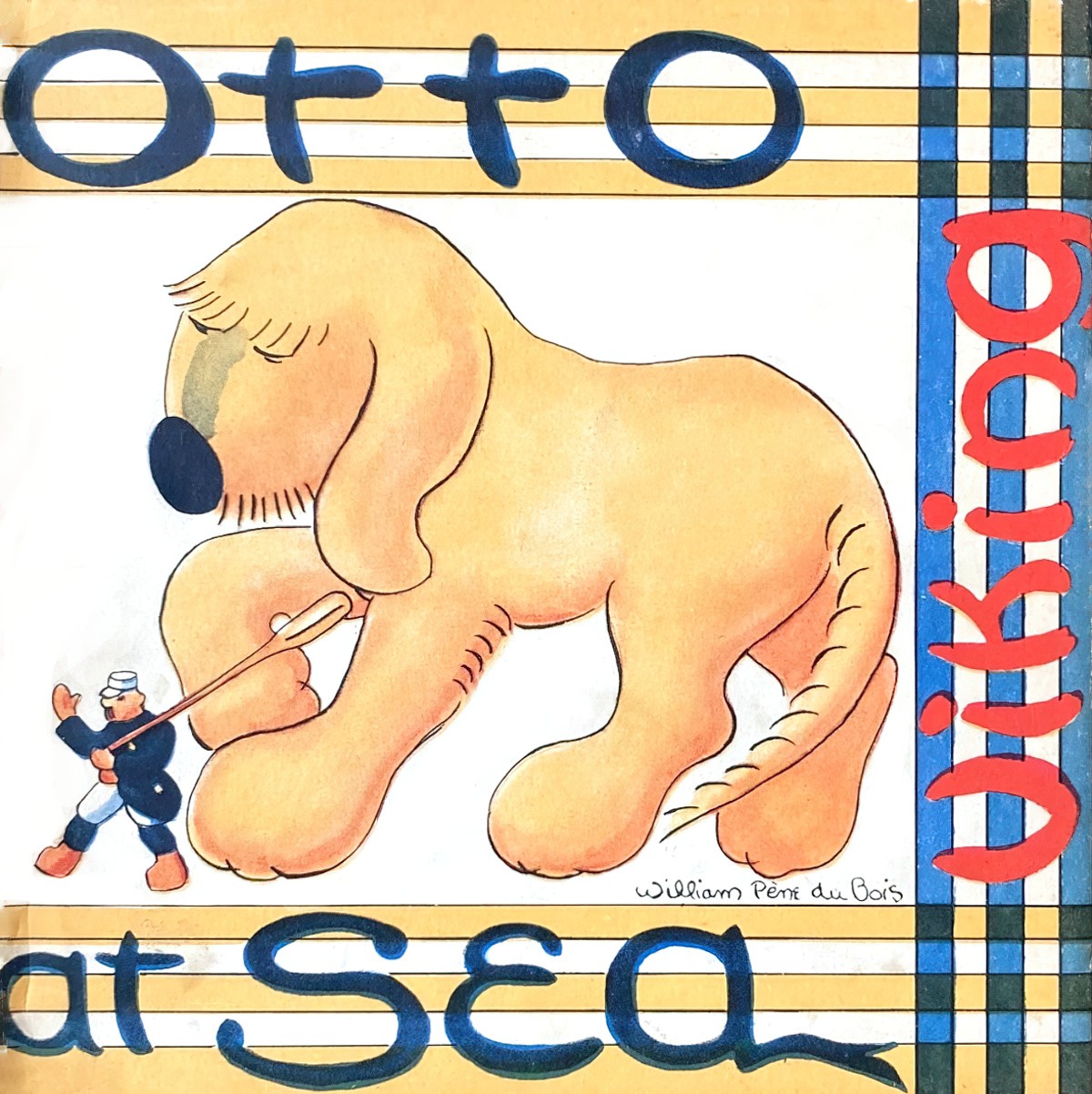

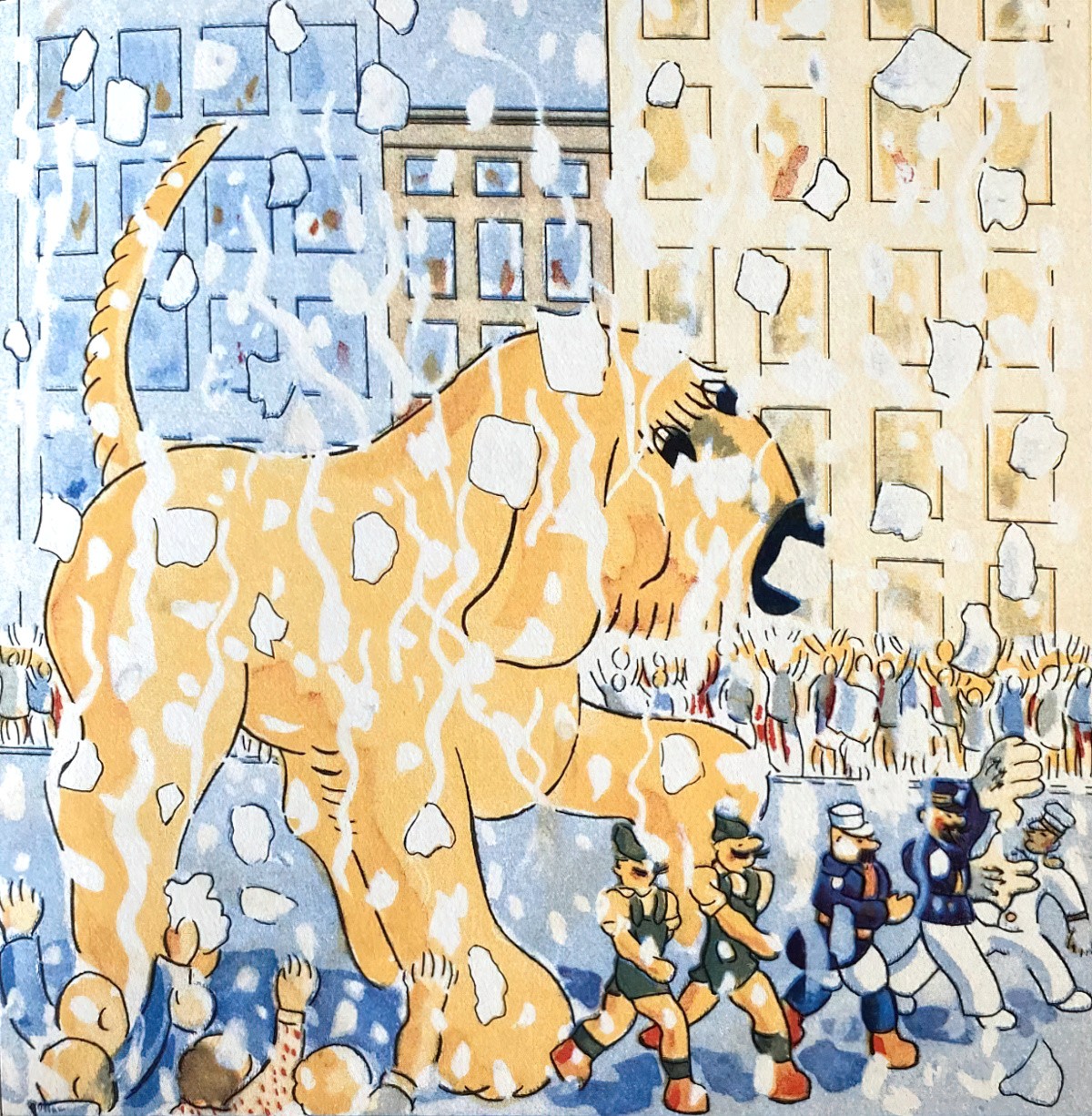
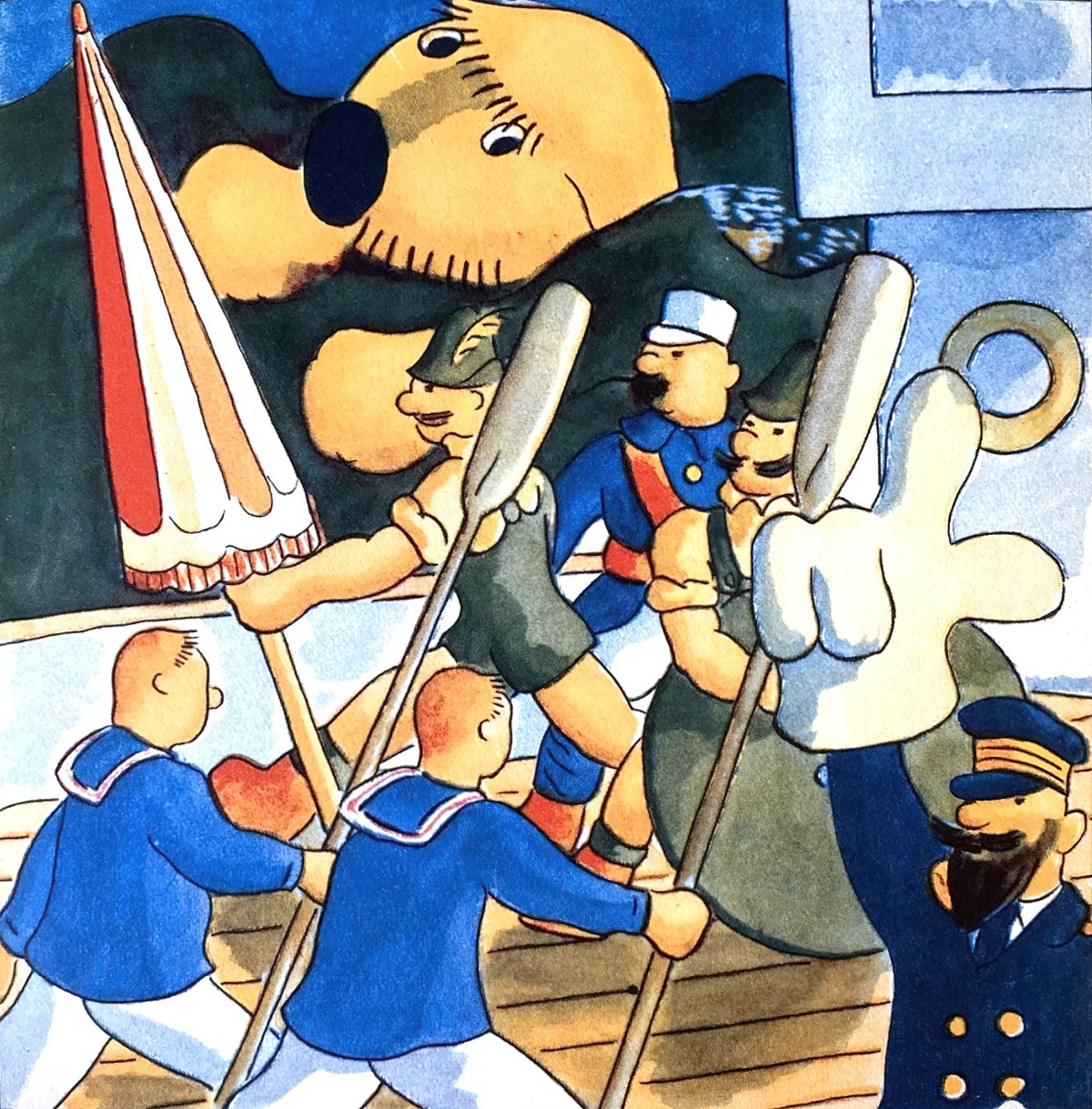
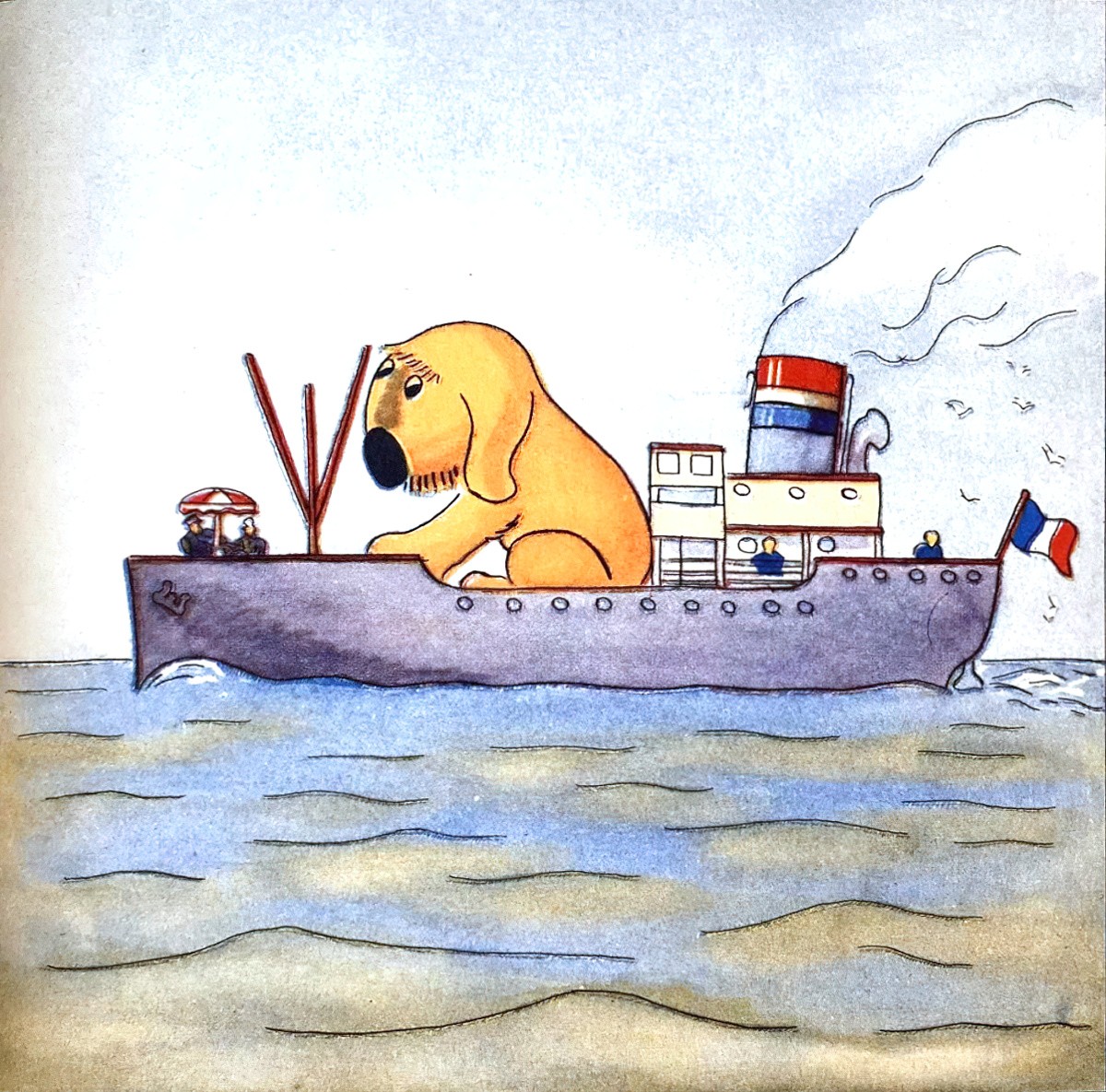
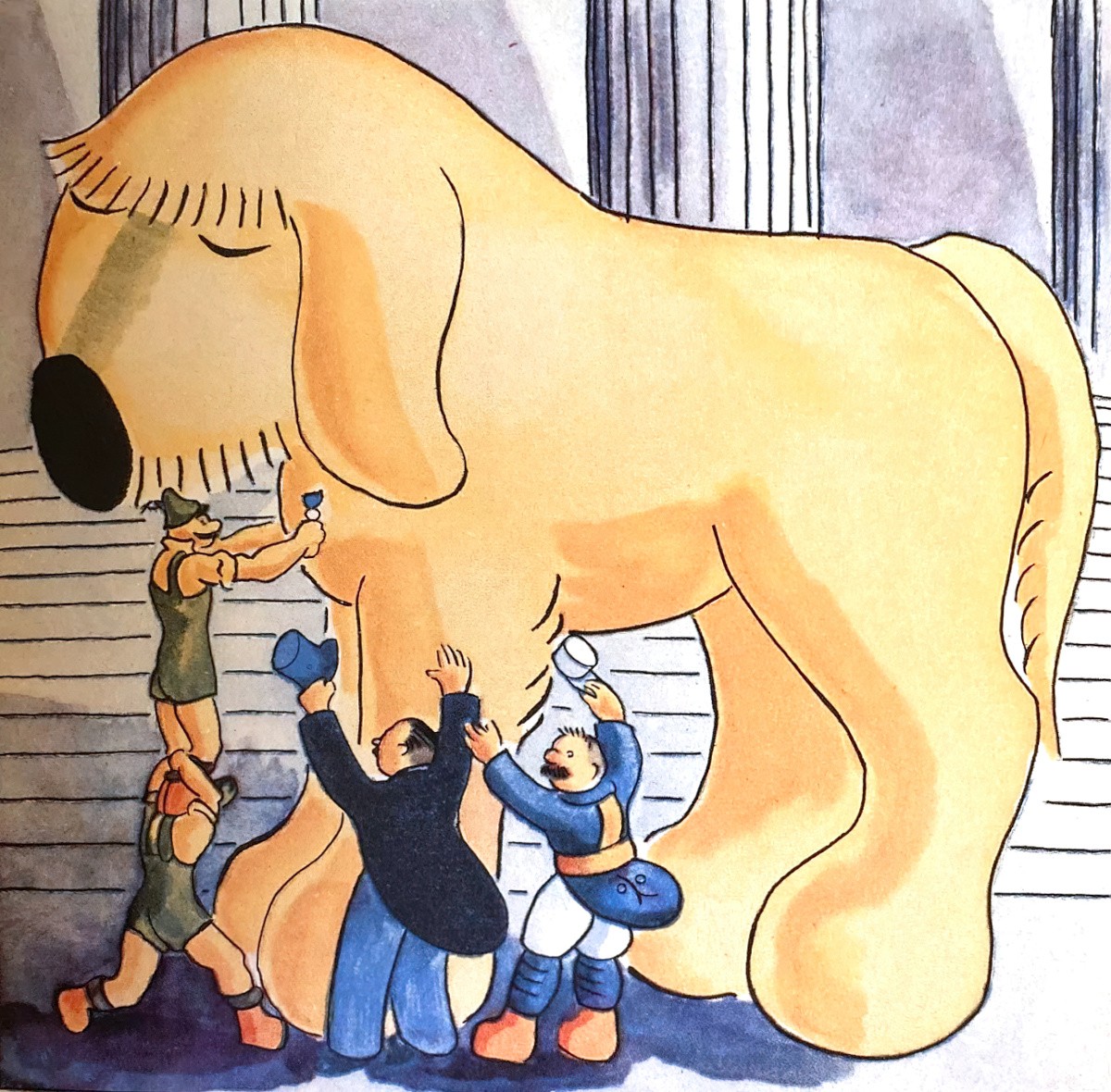
It came out the same time as The Story of Ferdinand, which was problematic for ideological reasons, given the political climate. Publishers of both, Viking Press, didn’t want to promote The Story of Ferdinand too much and the president of Viking Press goes on record as saying, “Ferdinand is a nice little book, but Giant Otto will live forever.” I wonder if you’ve heard of Giant Otto.
In a way, Giant Otto does live on forever, but in the body of Clifford The Big Red Dog.
The Clifford series are best sellers, but are they all that good? I would argue that they don’t succeed in engaging a dual audience of child AND adult co-reader in the way the best contemporary picture books can do.
“It’s hard having kids because it’s boring”, begins Louis C.K. (something explored in detail by Naomi Wolf in her book on birth and parenting, Mythconceptions).
“They all tell the exact same story. Look how big this dog is. … Here’s how big he is at the firehouse. Here’s how big he is at Thanksgiving. Who gives a shit? You just DREW him big! You on purpose drew him bigger than people. It should be ‘look how big I drew the dog in this book. Isn’t that a mistake.’ There’s no story! You maybe drew him closer to the page — I don’t even know if you did it honestly. Tell a STORY about Clifford! Make something happen, like maybe he steps on a policeman and shatters his spine and it’s devastating to the community. He hangs on for two months and then dies. And there’s a funeral with bagpipes and everybody’s crying and Clifford gets the death penalty. He found Jesus but everyone said it was bullshit. The cops wife was like, ‘I want that dog dead!’. Then he goes to the chair and they shave all his red fur off and now he’s Clifford The Big Pink Dog.”
STORY STRUCTURE OF THE CLIFFORD STORIES
When Louis C.K. says that the books have ‘no story’ he is of course making a joke about how the quiet, domestic nature of children’s stories seem like nothing in comparison to the kind of adult genre novel he later suggests as a Clifford the Dog plot — something from genre fiction, involving crime, murder, courthouse drama, with gritty, adult themes about retribution. Of course the Clifford books do conform to the rules of complete story structure. That’s why they’re so popular.
We have a few Clifford books on our bookshelf because my daughter is a fan.
CLIFFORD’S FIRST DAY AT SCHOOL is a flashback story. In some of the Clifford plots the dog’s size actually prevents him from doing things, so Bridwell created ‘Clifford as small puppy’ stories to allow him to, in this instance, go inside a classroom. He had a great time in the classroom, walking through paint and having a carnivalesque adventure, with the sane and calm teacher providing the counterpoint ‘straight guy’ humour, and also bringing an end to the story itself by telling Emily Elizabeth to take him home for some proper lunch. There is no anagnorisis and the fun equals the big struggle. This makes it seem, at first glance, as if there is ‘no story’.
CLIFFORD’S FIRST CHRISTMAS is another flashback ‘Clifford’s first’ story. Clifford gets stuck at the top of the Christmas tree and has to be rescued by ‘daddy’ (because as in the Grimm versions of fairytales, characters are best rescued by men). Next he is knocked over by a bauble. This is basically mythic structure without leaving the house — Clifford is encountering a series of ‘opponents’ along the journey. Next he gets tangled in curling ribbon. Christmas Day itself turns into another carnivalesque adventure owing to Emily Elizabeth and Clifford playing with her toys.
THE BIG SLEEP OVER has an introduction by a woman with a Ph.D telling parents what the moral of the story is. (Hint: It’s about separation anxiety, but you knew that from the title, didn’t you?) This strange introduction is perhaps in response to parents, parodied by Louis C.K., who think that these Big Red Dog books have no story, boring incidents and are basically trash. This one was written after the series had already been acquired by PBS and was no longer written by Norman Bridwell himself. Now it’s by Larry Swerdlove, who wrote the TV script. It is immediately different, launching straight into dialogue, including a black boy, and (not very good) rhyming verse. This story keeps Clifford at his adult size, making use of that common children’s writers’ trick of oversize. In the world of children’s stories we have a lot of oversized food, we have oversized teddy bears, and other interesting tinkering with scale. While this story begins with a carnivalesque day, the night involves a howling Clifford whose loneliness must be problem-solved by the surrounding adults who can’t sleep. Charley’s father takes him for a ride in his pick-up truck, then the townspeople sleep next to him to keep him company. “Work together… That’s the message for kids in THE BIG SLEEP OVER!” it says on the back cover, though I imagine the message for kids is: If you can’t sleep, make noise until mum or dad lie down next to you, which is fine in co-sleeping cultures.
